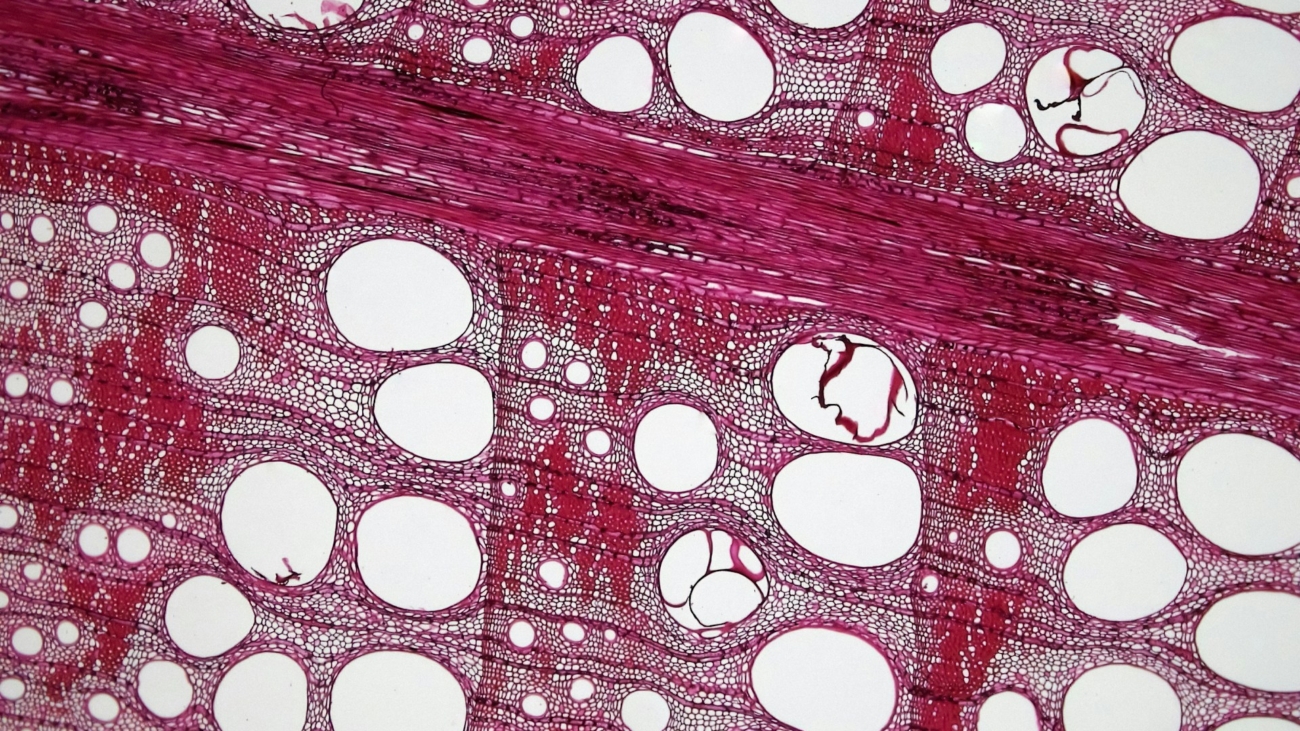Advancements in biotechnology are revolutionizing healthcare, particularly in the realm of biological tissues and cellular-level treatments. Biotechnology applications are providing novel solutions for medical challenges, enhancing patient outcomes, and offering new avenues for disease prevention and treatment. This article explores seven groundbreaking use cases of biotechnology applications in medicine, focusing on biological tissue-related healthcare applications.
1. Tissue Engineering and Regenerative Medicine
Application
Tissue engineering involves creating artificial tissues in the lab to replace damaged or diseased tissues in the human body. This field is crucial for regenerative medicine, where the goal is to regenerate, repair, or replace damaged tissues or organs.
Use Cases
- Skin Grafts: Lab-grown skin for burn victims or patients with chronic wounds.
- Cartilage Regeneration: Engineered cartilage to treat joint injuries and arthritis.
- Organ Scaffolds: Developing biodegradable scaffolds seeded with patient cells to grow organs for transplantation.
2. Stem Cell Therapy
Application
Stem cells have the unique ability to differentiate into various cell types, making them invaluable for regenerative medicine. Stem cell therapy aims to repair or replace damaged cells and tissues using these versatile cells.
Use Cases
- Bone Marrow Transplants: Treating leukemia and other blood disorders by replacing diseased bone marrow with healthy stem cells.
- Cardiac Repair: Using stem cells to regenerate heart tissue after a heart attack.
- Neurological Disorders: Exploring stem cell treatments for conditions like Parkinson’s disease and spinal cord injuries.
3. 3D Bioprinting
Application
3D bioprinting uses bio-inks composed of living cells and biomaterials to print complex tissue structures. This technology allows for the precise creation of tissue constructs for medical research and transplantation.
Use Cases
- Custom Implants: Bioprinting personalized implants tailored to a patient’s anatomy.
- Drug Testing: Creating tissue models for testing drug efficacy and safety, reducing the need for animal testing.
- Organ Printing: Research into bioprinting functional organs like kidneys and livers for transplantation.
4. Gene Therapy
Application
Gene therapy involves altering the genetic material within a patient’s cells to treat or prevent disease. This approach can address genetic disorders by correcting defective genes or introducing new genes.
Use Cases
- Inherited Diseases: Treating conditions like cystic fibrosis and muscular dystrophy by correcting genetic mutations.
- Cancer Therapy: Modifying immune cells to better recognize and attack cancer cells.
- Hemophilia: Introducing functional copies of clotting factor genes to patients with hemophilia.
5. Immunotherapy
Application
Immunotherapy harnesses the power of the immune system to fight diseases, particularly cancer. This approach can involve stimulating the immune system or providing it with additional components to enhance its response.
Use Cases
- Checkpoint Inhibitors: Drugs that help the immune system recognize and attack cancer cells.
- CAR-T Cell Therapy: Engineering patient’s T cells to target and destroy cancer cells.
- Vaccines: Developing vaccines that train the immune system to recognize and combat cancer.
6. Personalized Medicine
Application
Personalized medicine tailors medical treatment to the individual characteristics of each patient. This approach often involves genetic testing to determine the most effective treatments based on a patient’s genetic makeup.
Use Cases
- Pharmacogenomics: Adjusting drug doses and choices based on genetic testing to improve efficacy and reduce side effects.
- Targeted Therapies: Developing treatments that target specific genetic mutations in diseases like cancer.
- Preventive Care: Identifying genetic predispositions to diseases and implementing preventive measures.
7. CRISPR and Gene Editing
Application
CRISPR-Cas9 and other gene-editing technologies allow precise modifications to DNA. These tools can correct genetic defects, modify genes to combat diseases, or study gene functions.
Use Cases
- Genetic Disorders: Correcting mutations that cause diseases like sickle cell anemia and Huntington’s disease.
- Agricultural Biotechnology: Improving crop resilience and nutritional content, indirectly benefiting public health.
- Infectious Diseases: Engineering viruses to deliver therapeutic genes or developing resistance to viral infections.
Conclusion
The integration of biotechnology into healthcare is driving remarkable advancements in medical treatments and disease prevention. From tissue engineering and stem cell therapy to gene editing and personalized medicine, these technologies are transforming the landscape of healthcare. By focusing on biological tissue-related applications and cellular-level treatments, biotechnology offers innovative solutions that improve patient outcomes and enhance the quality of life. As research and development continue, the potential for these biotechnological applications to revolutionize medicine becomes increasingly promising, paving the way for a healthier future.

